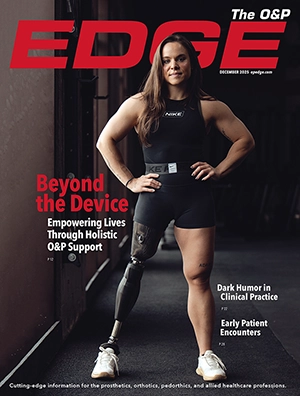Although the stiffness of an AFO, one of the recommended methods to improve gait function in patients who have had a stroke, is adjusted for each patient, the effect of stiffness adjustment remains unclear due to the difficulty in measuring the gait parameters in a clinical setting.
Researchers conducted a study aimed to investigate the effect of adjusting the AFO stiffness based on the gait ability of stroke patients using a markerless gait analysis method.
Thirty-two individuals with stroke were directed to walk under five conditions: no-AFO, and AFO with four different levels of spring stiffness. These springs were used to resist the plantarflexion movements. Moreover, the best gait speed improvement condition (best condition) was determined from the five gait conditions for each participant and was compared with the other conditions, assuming a clinical setting. Spatiotemporal gait parameters such as the gait speed, cadence, step length, stance phase, and swing phase were measured from body key points in RGB images.
Researchers found that the experimental results showed the gait speed, cadence, step length on both sides, and stance time on both sides were significantly improved in the best condition compared with the other conditions. This study demonstrated the usefulness of the markerless gait analysis method using a single RGB camera and the effectiveness of AFO stiffness adjustment based on the gait ability of the users.
The open access study, “Single Camera-Based Gait Analysis Using Pose Estimation for Ankle-Foot Orthosis Stiffness Adjustment on Individuals With Stroke,” was published in IEEE Xplore.




